Home>Interior Design>What Is Clustering? Designers Explain How To Get It Right
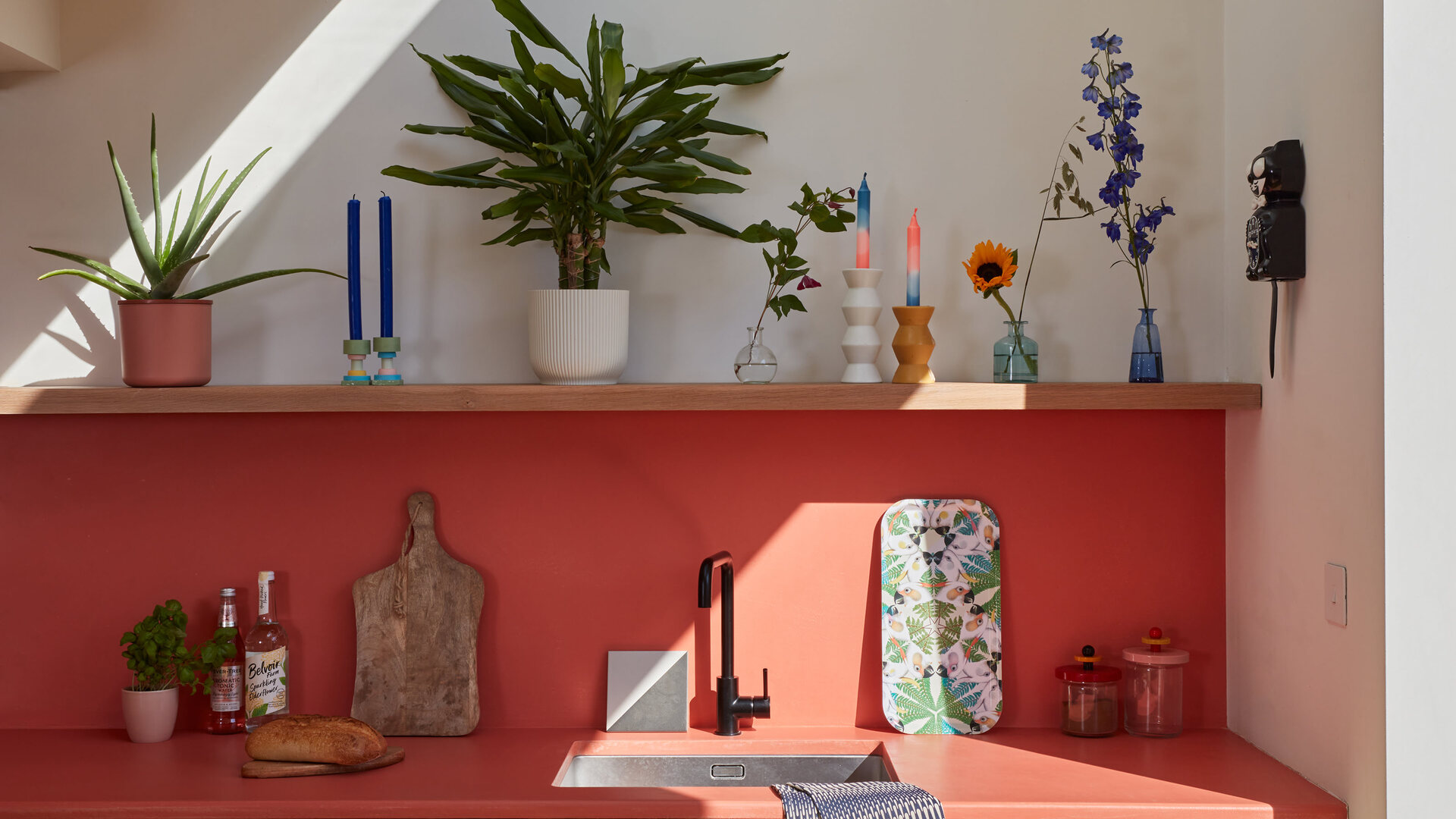

Interior Design
What Is Clustering? Designers Explain How To Get It Right
Modified: January 19, 2024
Learn from interior designers about the importance of clustering in interior design and how to effectively implement it for a well-designed space.
(Many of the links in this article redirect to a specific reviewed product. Your purchase of these products through affiliate links helps to generate commission for Storables.com, at no extra cost. Learn more)
Introduction
When it comes to interior design, one concept that can truly transform a space is clustering. Clustering is the art of arranging elements in a deliberate and visually pleasing way. It involves grouping together similar objects or decor pieces to create a cohesive and harmonious design.
Clustering is not only aesthetically pleasing, but it also serves a functional purpose. It helps to create focal points, add visual interest, and bring balance and symmetry to a room. Whether you’re designing a living room, bedroom, or office space, mastering the art of clustering can help you achieve a well-designed and visually appealing space.
In this article, we will explore the concept of clustering in interior design and provide valuable tips from design experts on how to get it right.
Key Takeaways:
- Master the art of clustering in interior design to create visually appealing and functional spaces. Consider similarity, balance, and purpose to achieve well-executed and harmonious arrangements.
- Avoid common clustering mistakes such as overcrowding and unbalanced arrangements. Reflect your personal style and continuously evaluate the final result to create stunning and captivating clusters.
Understanding Clustering
Clustering, in the context of interior design, is the strategic arrangement of objects or decor items in a cohesive and intentional way. It involves grouping together similar or related elements to create a visually pleasing composition. The goal of clustering is to create a focal point or a sense of harmony in a room.
There are several key elements to consider when understanding clustering:
- Similarity: Clustering works best when objects that share a common trait are grouped together. This could be similar colors, textures, shapes, or themes. By grouping similar elements, you create a cohesive visual impact.
- Proportion and Scale: When clustering objects, it’s important to consider their proportion and scale in relation to each other and the space. Gradually varying the size and height of objects within a cluster adds depth and visual interest.
- Balance and Symmetry: Achieving balance and symmetry within a cluster creates visual harmony. Whether through symmetrical clustering or asymmetrical balance, the arrangement should feel balanced and pleasing to the eye.
- Empty Space: Don’t forget about the importance of negative space. Leaving some empty space within a cluster allows the eye to rest and appreciate the arrangement. It also helps to avoid clutter and maintains a sense of balance.
- Visual Hierarchy: Establishing a clear focal point within a cluster helps to guide the viewer’s attention. Consider incorporating a standout object or placing objects with varying sizes and heights to create visual interest and hierarchy.
By understanding these fundamental aspects of clustering, you can effectively create visually appealing compositions in your interior design projects.
Benefits of Clustering in Design
Clustering is not just a visual technique in interior design; it offers a range of benefits that can elevate the overall aesthetics and functionality of a space. Here are some key benefits of incorporating clustering in your designs:
- Visual Impact: Clustering creates a strong visual impact by grouping together similar objects or decor pieces. It enables you to showcase specific items and draw attention to them, creating focal points that capture the viewer’s eye.
- Coherence and Unity: By clustering similar elements, you can achieve a sense of coherence and unity in your design. The repetition of colors, textures, or shapes creates a harmonious look and ties the different elements together.
- Added Interest: Clustering adds visual interest to a space by breaking up monotony and introducing variation. It prevents a room from looking flat or boring by creating dynamic arrangements that engage the viewer’s attention.
- Emphasizing Theme or Style: Clustering can help reinforce a specific theme or style in your design. By grouping together objects that align with a particular theme or style, you can enhance the overall aesthetic and create a cohesive look.
- Creating Balance: Strategic clustering helps create balance and harmony in a room. By distributing objects in a visually pleasing manner, you can achieve a sense of equilibrium, whether through symmetrical or asymmetrical arrangements.
- Organizational Structure: Clustering serves a practical purpose by organizing objects or functional items in a space. By grouping related items together, such as books on a shelf or toiletries in a bathroom, you can enhance functionality and ease of use.
By leveraging the benefits of clustering, you can take your interior design to the next level, creating visually appealing and functional spaces that leave a lasting impression.
Different Types of Clustering
Clustering in interior design encompasses various techniques and approaches. The type of clustering you choose will largely depend on the style, theme, and overall design concept of a space. Here are some different types of clustering commonly used in interior design:
- Color-based Clustering: This type of clustering involves grouping objects or decor items together based on their color. It can create a visually striking effect by arranging objects in a monochromatic or complementary color scheme, adding depth and harmony to a space.
- Texture-based Clustering: Texture-based clustering focuses on grouping objects or materials with similar textures. By combining items with rough, smooth, or natural textures, you can add visual interest and tactile appeal to a room.
- Theme-based Clustering: Theme-based clustering involves grouping together objects that align with a specific theme or concept. For example, grouping beach-themed decor items or vintage accessories creates a cohesive and curated look.
- Shape-based Clustering: This type of clustering involves grouping objects with similar shapes or geometric forms. Circular objects can create a soft and harmonious feel, while angular objects can create a more dynamic and modern look.
- Size-based Clustering: Size-based clustering focuses on arranging objects based on their size or scale. Gradually varying the size of objects within a group adds visual interest and depth to a cluster.
- Functional Clustering: Functional clustering involves grouping objects that serve a similar purpose or function. For example, grouping kitchen utensils together or organizing office supplies on a desk enhances functionality and organization.
Remember, these types of clustering techniques are not mutually exclusive, and you can mix and match them to achieve the desired effect in your design. Experimenting with different types of clustering can add creativity and personality to your interior spaces.
Tip: When clustering, consider the size and shape of the space, the number of clusters needed, and the distribution of data points. Experiment with different algorithms to find the best fit for your specific dataset.
Tips for Getting Clustering Right
Mastering the art of clustering requires a thoughtful and strategic approach. Here are some valuable tips to help you get clustering right in your interior design:
- Start with a Purpose: Before you begin clustering, consider the purpose or focal point you want to achieve. Determine which objects or elements you want to highlight and build your cluster around them.
- Group Similar Objects: Clustering works best when objects that share a common trait are grouped together. This could be similar colors, textures, shapes, or themes. Grouping similar objects creates a cohesive and visually pleasing composition.
- Consider Proportion and Scale: Pay attention to the proportion and scale of objects within a cluster. Gradually varying the size and height of objects adds depth and visual interest to the arrangement.
- Create Balance and Symmetry: Achieving balance and symmetry within a cluster creates visual harmony. Whether through symmetrical clustering or asymmetrical balance, the arrangement should feel balanced and pleasing to the eye.
- Leave Empty Space: Don’t overcrowd a cluster. Leaving some empty space within the arrangement allows the eye to rest and appreciate the objects. It also avoids a cluttered look and maintains balance.
- Establish a Focal Point: Create a focal point within your cluster to guide the viewer’s attention. Incorporate a standout object or position objects with varying sizes and heights to add visual interest and hierarchy.
- Experiment and Rearrange: Don’t be afraid to experiment with different arrangements and continuously rearrange your cluster until you achieve the desired look. Keep refining and adjusting until it feels just right.
- Consider the Surrounding Space: Take into account the overall design of the space when clustering. Ensure that the cluster complements and enhances the surrounding elements, avoiding clashes or overcrowding.
- Reflect Your Style: Clustering is an opportunity to infuse your personal style and creativity. Don’t be afraid to incorporate unique objects or elements that represent your personality and make the cluster uniquely yours.
- Step Back and Evaluate: After creating a cluster, step back and evaluate the overall arrangement. Assess if it achieves the desired impact, balance, and visual appeal. Make any necessary adjustments to ensure a cohesive and well-executed design.
By following these tips, you can ensure that your clusters are visually pleasing, well-balanced, and enhance the overall aesthetics of your interior design.
Common Mistakes to Avoid in Clustering
While clustering can greatly enhance your interior design, there are some common mistakes that should be avoided to achieve optimal results. Here are key mistakes to watch out for when clustering:
- Overcrowding: One of the most common mistakes is overcrowding a cluster. Avoid cramming too many objects together, as it can create a cluttered and chaotic look. Allow for some breathing room and leave empty space between objects.
- Unbalanced Arrangement: Failing to create balance and symmetry within a cluster can throw off the overall look. Pay attention to the visual weight of objects and ensure they are distributed in a pleasing and well-proportioned manner.
- Random Clustering: Clustering should have a purpose and be intentional. Avoid randomly placing objects without considering their relation to each other. It’s important to have a cohesive concept or theme behind the cluster.
- Ignoring the Surrounding Space: Clustering should complement and enhance the surrounding space, not detract from it. Avoid creating clusters that clash with the style or design of the room. Consider the overall context and ensure the cluster harmonizes with its surroundings.
- Not Considering Scale and Proportion: Objects within a cluster should have appropriate scale and proportion. Avoid placing objects that are too large or too small within a cluster, as it can create visual imbalance and disrupt the overall composition.
- Using Too Many Colors: While incorporating color in clustering can be visually appealing, using too many colors can create a chaotic and overwhelming look. Stick to a cohesive color scheme and limit the number of colors used to maintain a harmonious arrangement.
- Lack of Variety: Clustering should have a mix of elements to create visual interest. Avoid using only one type of object or decor item, as it can result in a monotonous and unexciting arrangement. Aim for diversity in shape, texture, or size to add depth to the cluster.
- Forgetting About Functionality: While aesthetics are important, functionality should not be overlooked. Ensure that the clustered objects serve a purpose and are easily accessible. Avoid clustering objects that hinder practicality or obstruct functionality.
- Ignoring Personal Style: Clustering is an opportunity to reflect your personal style and taste. Don’t be afraid to incorporate unique and meaningful objects that resonate with you. Avoid creating clusters that lack personality and uniqueness.
- Not Stepping Back and Evaluating: After creating a cluster, it’s crucial to step back and evaluate the overall arrangement. Sometimes, a fresh perspective can reveal areas for improvement or adjustments needed to achieve a cohesive and visually pleasing cluster.
By avoiding these common mistakes, you can ensure that your clusters are well-balanced, visually appealing, and enhance the overall aesthetic of your interior design.
Examples of Effective Clustering
To better understand the power of clustering in interior design, here are some examples of effective clustering in different spaces:
- Living Room: In a living room, consider clustering a group of decorative pillows in complementary colors and textures on a sofa. This creates visual interest and adds a cozy and inviting touch.
- Bedroom: In a bedroom, cluster a collection of framed artwork on a wall. By grouping similar-sized frames in a gallery-style arrangement, you create a focal point and add a personalized touch to the space.
- Dining Room: In a dining room, cluster a collection of small vases or candle holders on a table centerpiece. Vary their heights and include a mix of shapes and colors to create a visually dynamic and interesting arrangement.
- Home Office: In a home office, cluster small storage containers or desk organizers together. By grouping related items, such as pens, paper clips, and sticky notes, you create an organized and efficient workspace.
- Bathroom: In a bathroom, cluster a selection of decorative jars or bottles on a bathroom vanity. Vary their heights and shapes while keeping a cohesive color scheme to add a touch of elegance and organization.
- Kitchen: In a kitchen, cluster a collection of cookbooks and recipe holders on a countertop or open shelves. Grouping them together creates an inviting and functional display that showcases your culinary interests.
- Entryway: In an entryway, cluster a group of framed family photos on a console table. Arrange them in different sizes and add decorative accents, such as a vase or a small sculpture, to create a warm and welcoming vignette.
- Outdoor Space: In an outdoor space, cluster a variety of potted plants on a patio or deck. Group plants with different heights, textures, and colors to create a lush and vibrant garden-like arrangement.
- Workspace: In a workspace or study area, cluster a group of inspirational quotes or framed motivational words on a wall. Arranging them in a visually appealing manner provides encouragement and creates an inspiring atmosphere.
These examples demonstrate how clustering can effectively enhance the aesthetics and functionality of various spaces. By applying clustering techniques thoughtfully, you can create visually striking and harmonious arrangements that reflect your personal style and elevate your design.
Conclusion
Clustering is a powerful technique in interior design that can transform a space and elevate its overall aesthetic. By strategically grouping similar objects or decor items, clustering creates focal points, adds visual interest, and brings balance and harmony to a room.
Understanding the fundamentals of clustering, such as similarity, proportion, balance, and visual hierarchy, is essential in creating effective and visually pleasing arrangements. By considering the different types of clustering, such as color-based, texture-based, and theme-based clustering, you can tailor your approach to complement the style and theme of your design.
When clustering, it is important to avoid common mistakes such as overcrowding, lack of balance, random clustering, and ignoring the surrounding space. By following valuable tips, like starting with a purpose, creating balance, and considering functionality, you can achieve well-executed and visually appealing clusters.
Examples of effective clustering in various spaces demonstrate how this technique can be applied across different areas of your home or office. From living rooms to entryways, bathrooms to outdoor spaces, there is no limit to where clustering can be used to enhance the visual appeal and functionality of a space.
In conclusion, mastering the art of clustering in interior design takes practice, creativity, and an understanding of design principles. By experimenting with different arrangements, reflecting your personal style, and continuously evaluating the final result, you can create stunning clusters that captivate and delight. So, go ahead, unleash your creativity, and transform your spaces with the power of clustering.
Frequently Asked Questions about What Is Clustering? Designers Explain How To Get It Right
Was this page helpful?
At Storables.com, we guarantee accurate and reliable information. Our content, validated by Expert Board Contributors, is crafted following stringent Editorial Policies. We're committed to providing you with well-researched, expert-backed insights for all your informational needs.
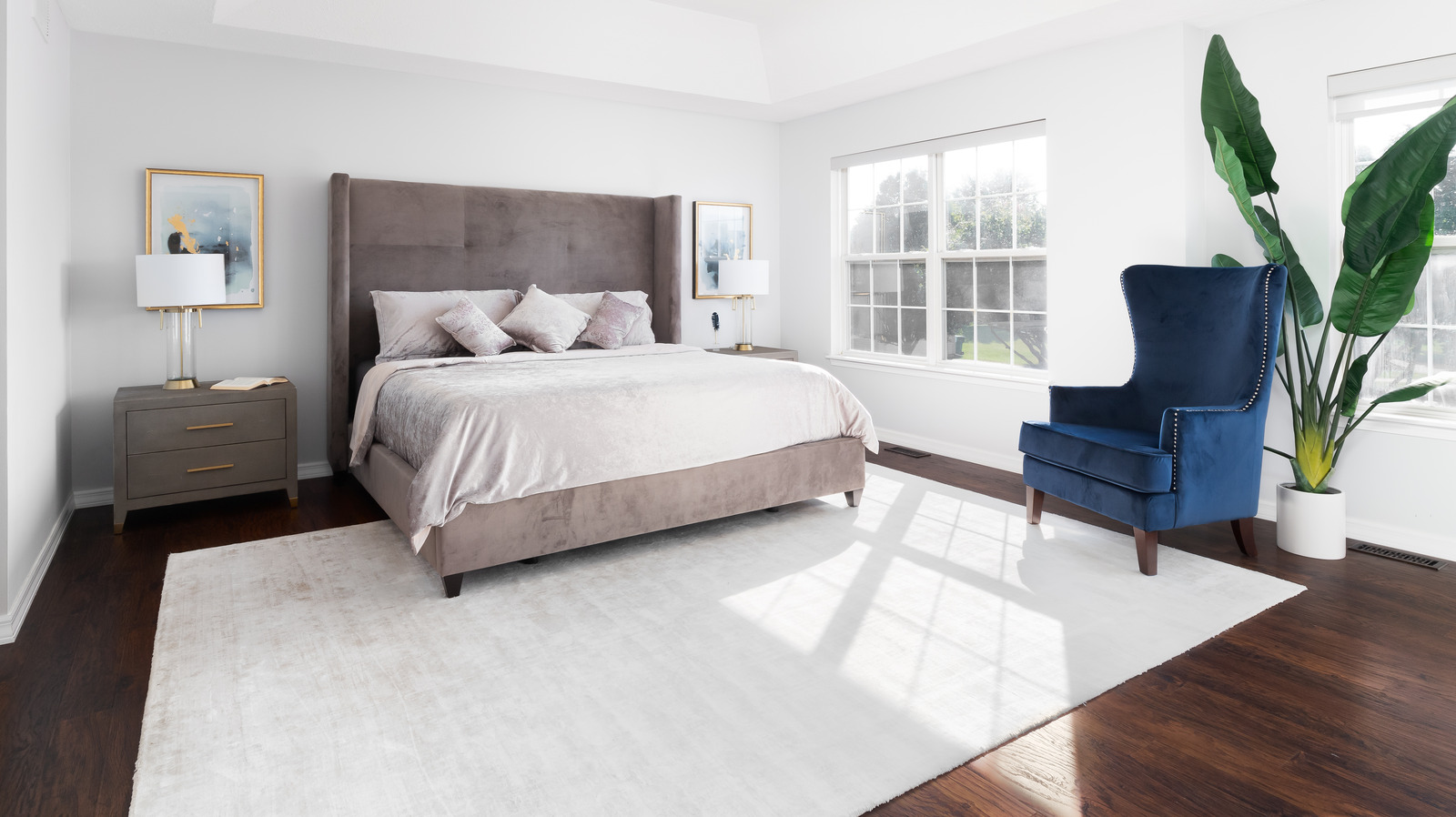
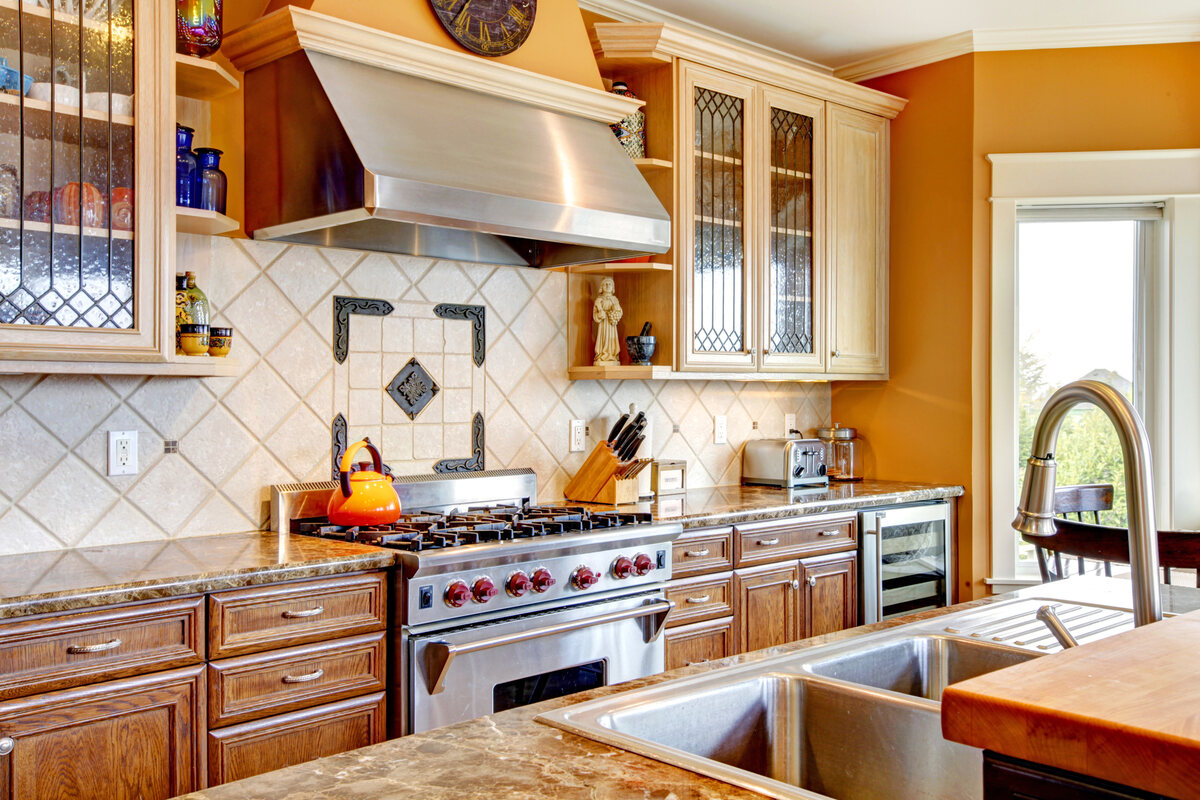
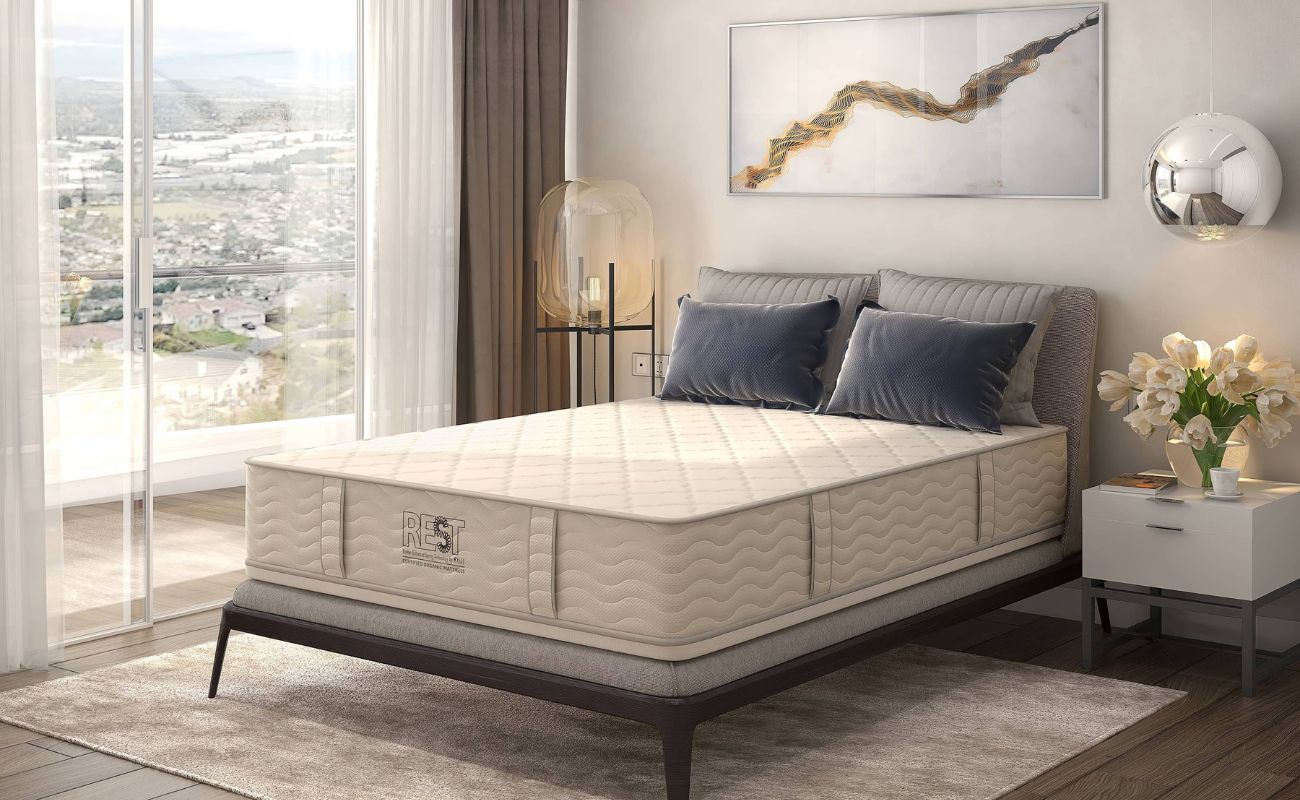
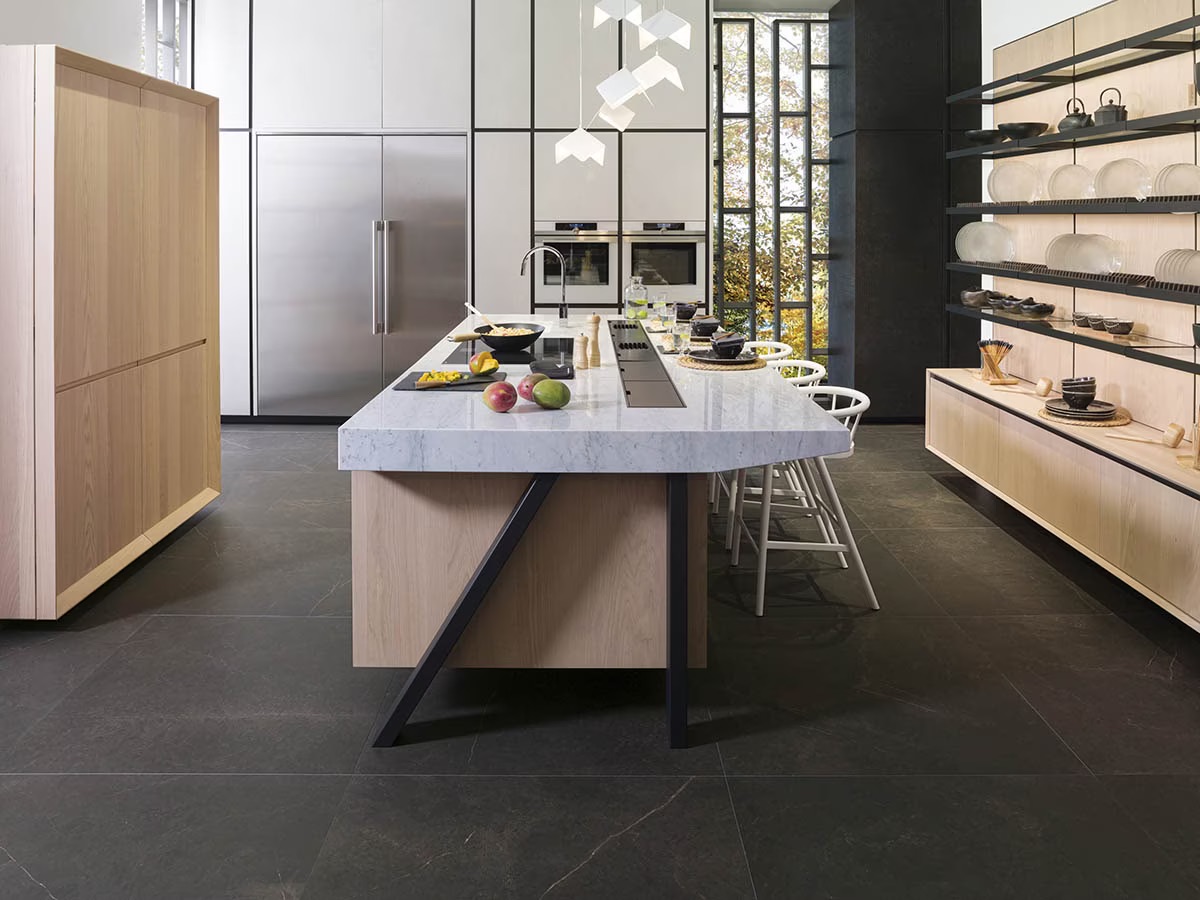

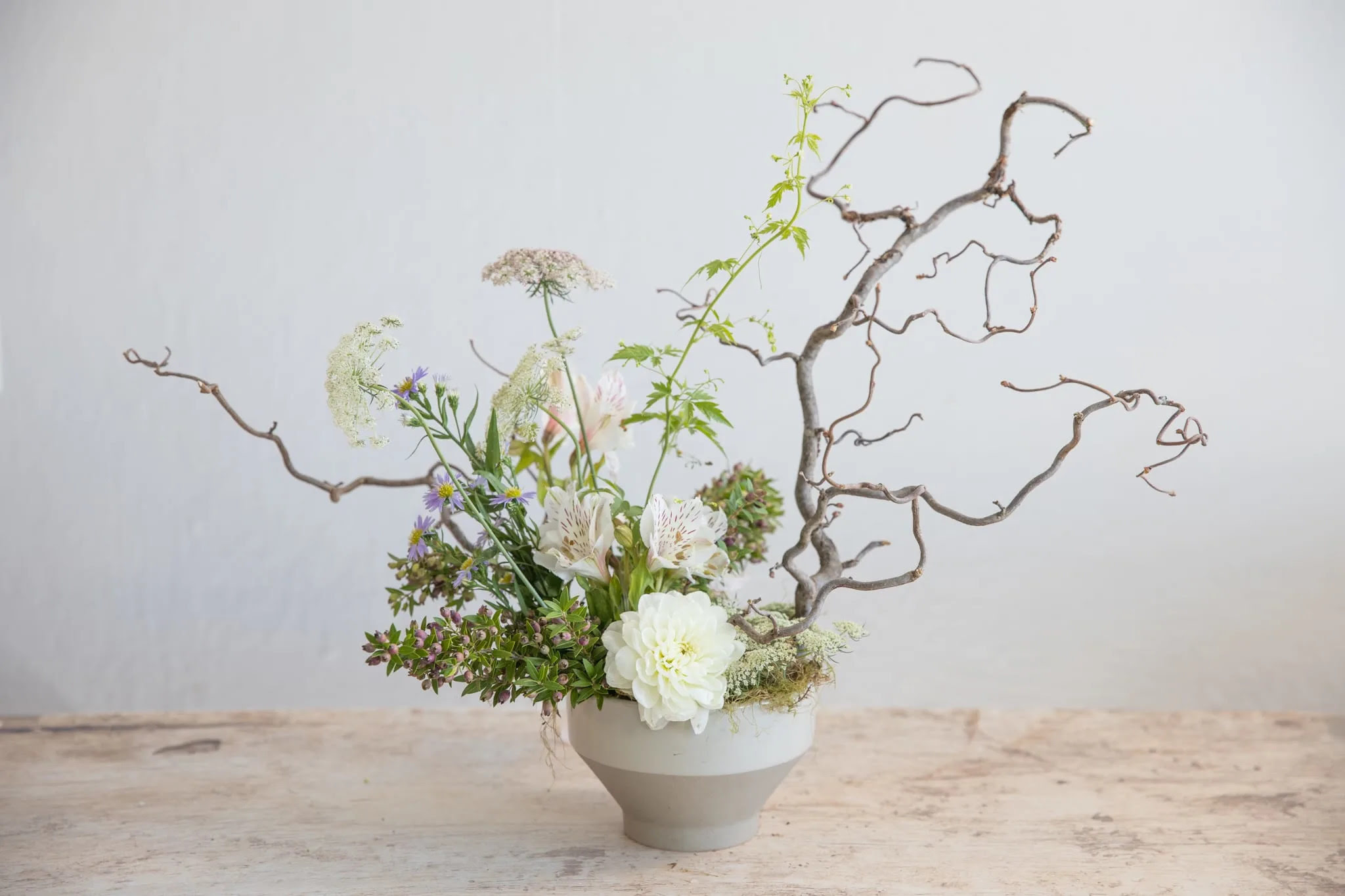
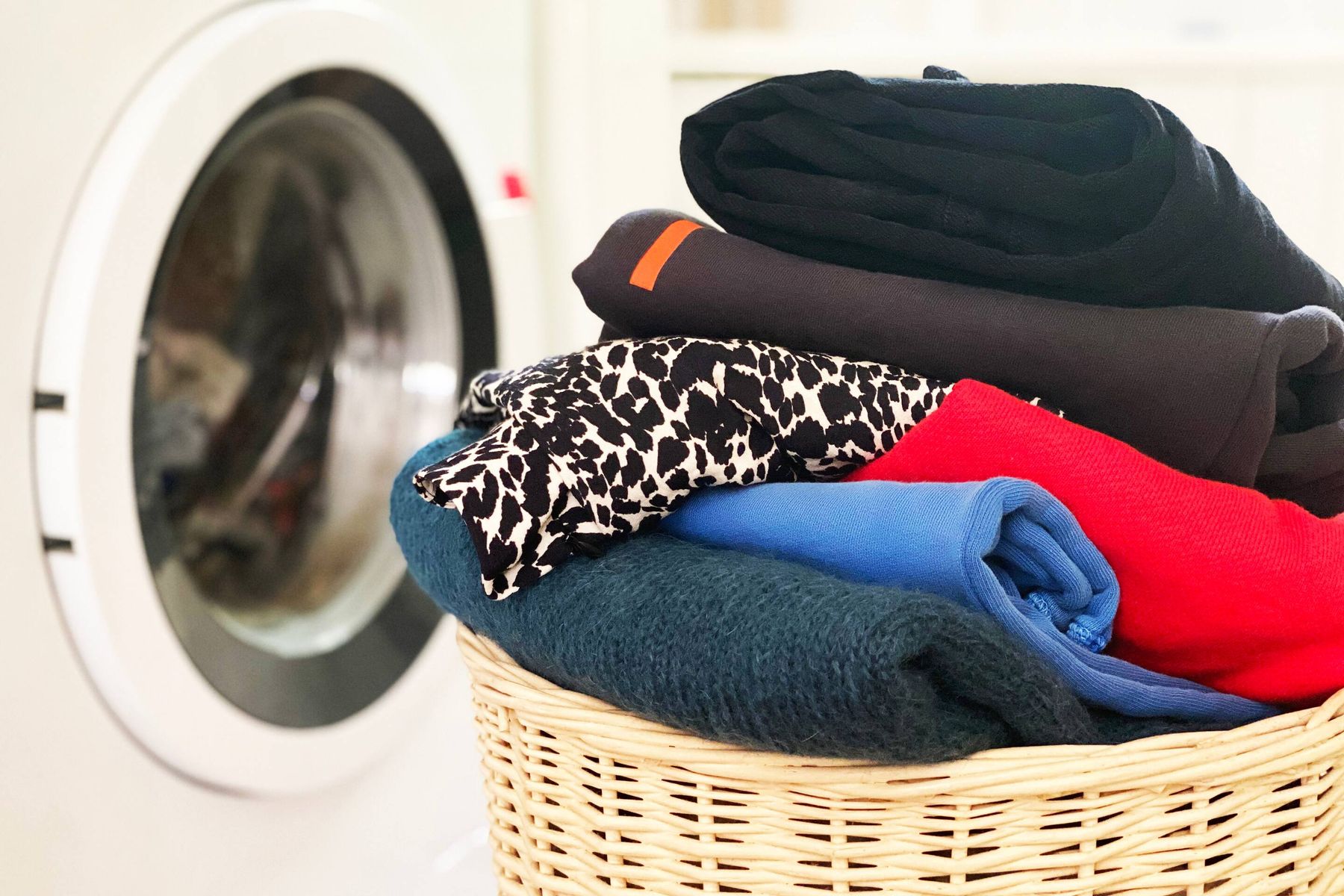

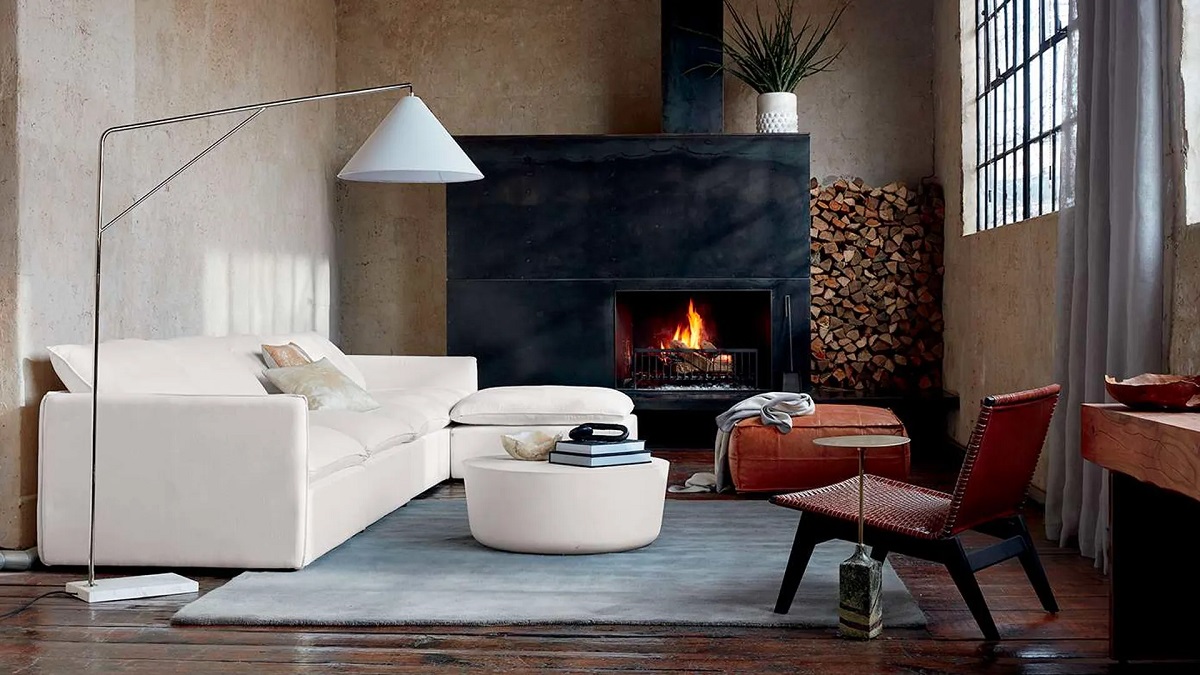
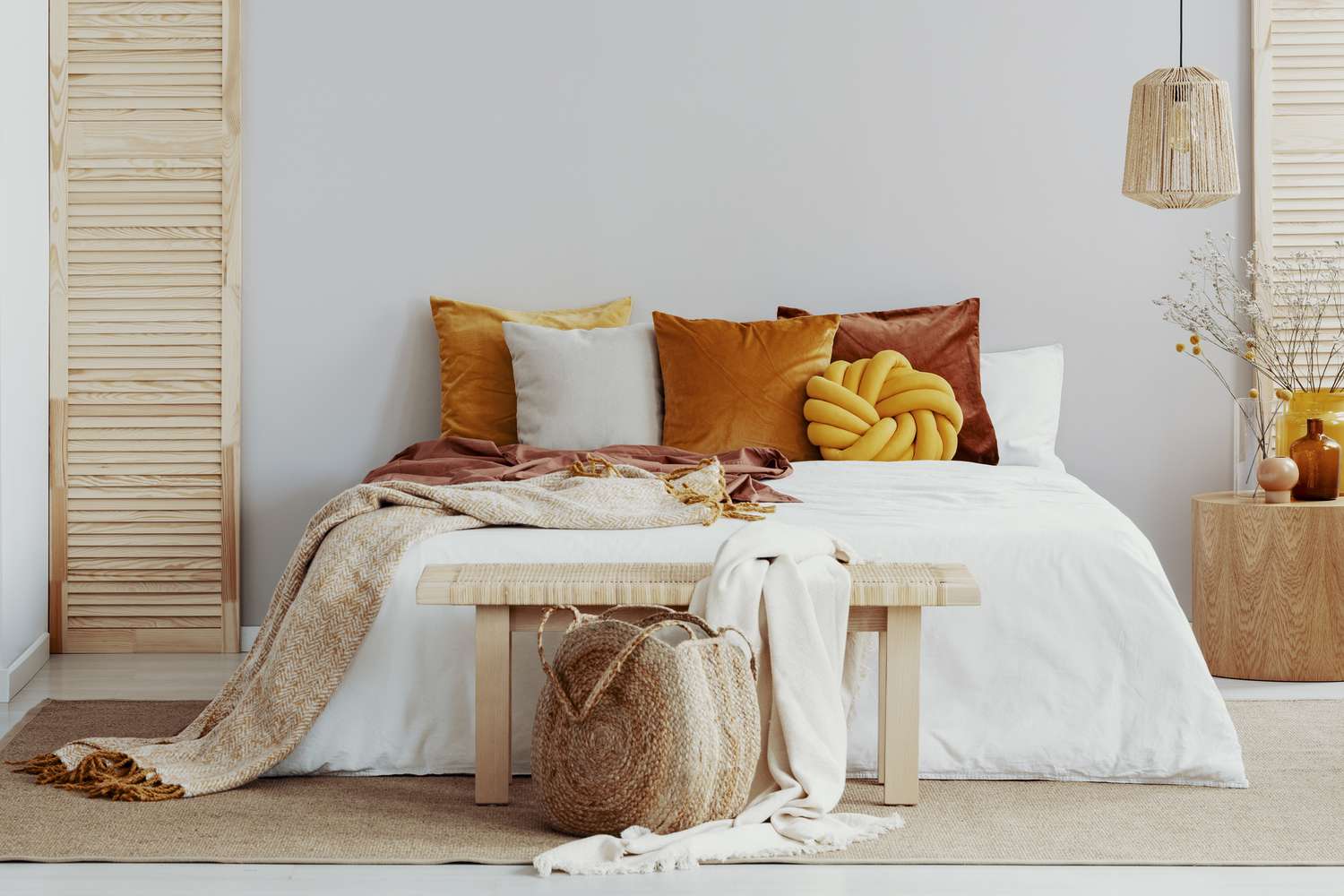

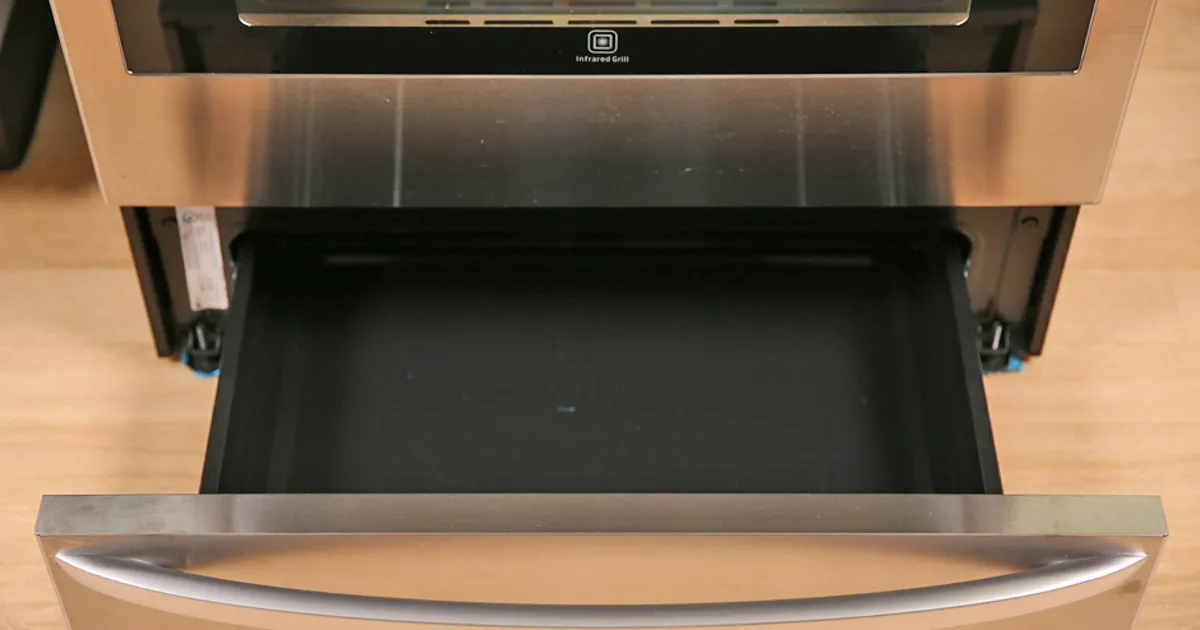
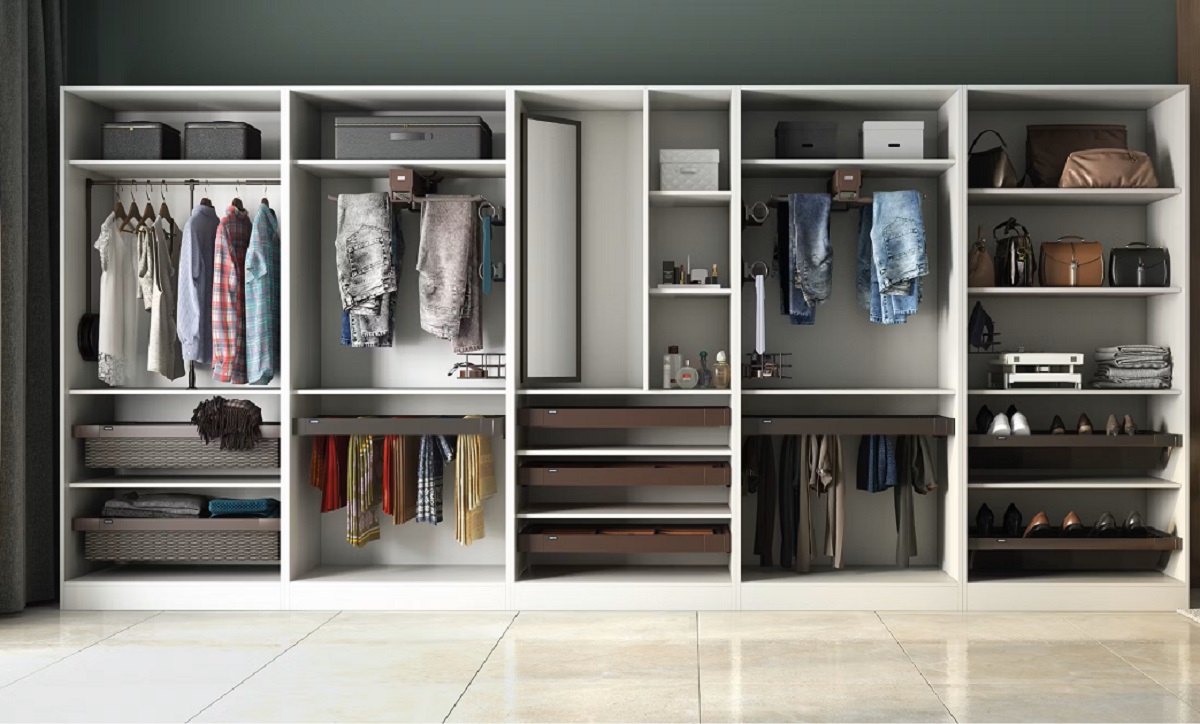


0 thoughts on “What Is Clustering? Designers Explain How To Get It Right”